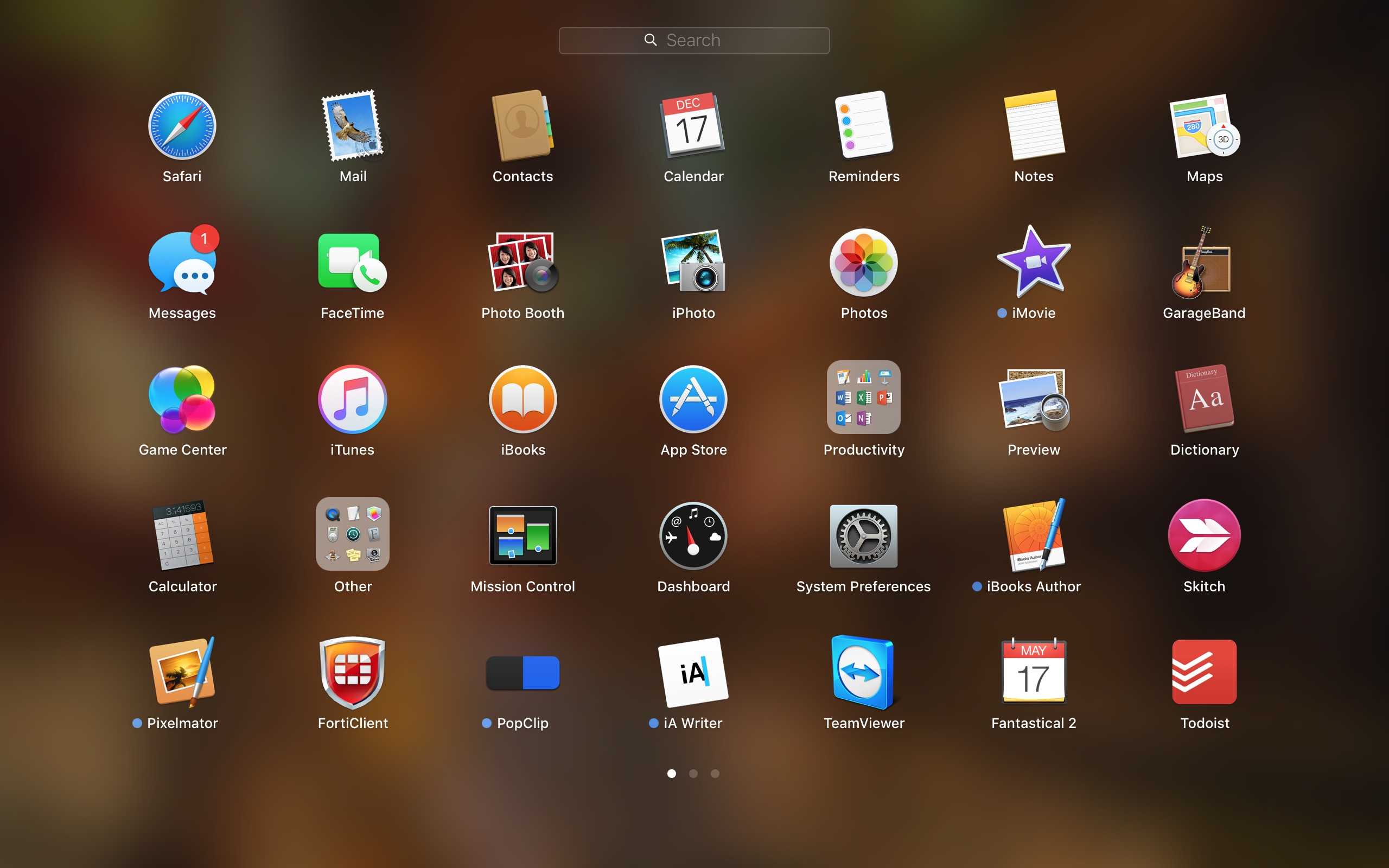

If an error occurs while installing an update or upgrade, learn how to resolve installation issues. If you downloaded any apps from the App Store, use the App Store to get updates for those apps. When Software Update says that your Mac is up to date, then macOS and all of the apps it installs are up to date, including Safari, Messages, Mail, Music, Photos, FaceTime, and Calendar. Software Update shows only upgrades that are compatible with your Mac. If the Applications folder doesn’t appear within the Finder sidebar, select Finder > Preferences on the menu bar, switch to the Sidebar tab, and check the box next to Applications.

Upgrade Now installs a major new version with a new name, such as macOS Monterey. The standard approach to get to the Applications folder on your Mac involves opening a new Finder window and selecting Applications on the sidebar.Update Now installs the latest updates for the currently installed version, such as an update from macOS Big Sur 11.5 to macOS Big Sur 11.6.If your System Preferences doesn't include Software Update, learn how to upgrade to macOS Monterey or upgrade to an older macOS, and use the Updates tab of the App Store app to get app updates. In the System Preferences window, click Software Update.From the Apple menu in the corner of your screen, choose System Preferences.Clicking the Launchpad in the Dock (typically, the second icon from the left, unless you've tinkered with the Dock), displays an overlay of large icons for all the applications installed on your Mac. Then follow these steps to find and install any available software updates or upgrades. Launchpad is similar to Windows' Start Menu and the application launcher used in iOS devices such as the iPhone and iPad. Before you get started, it's a good idea to back up your Mac.


 0 kommentar(er)
0 kommentar(er)
